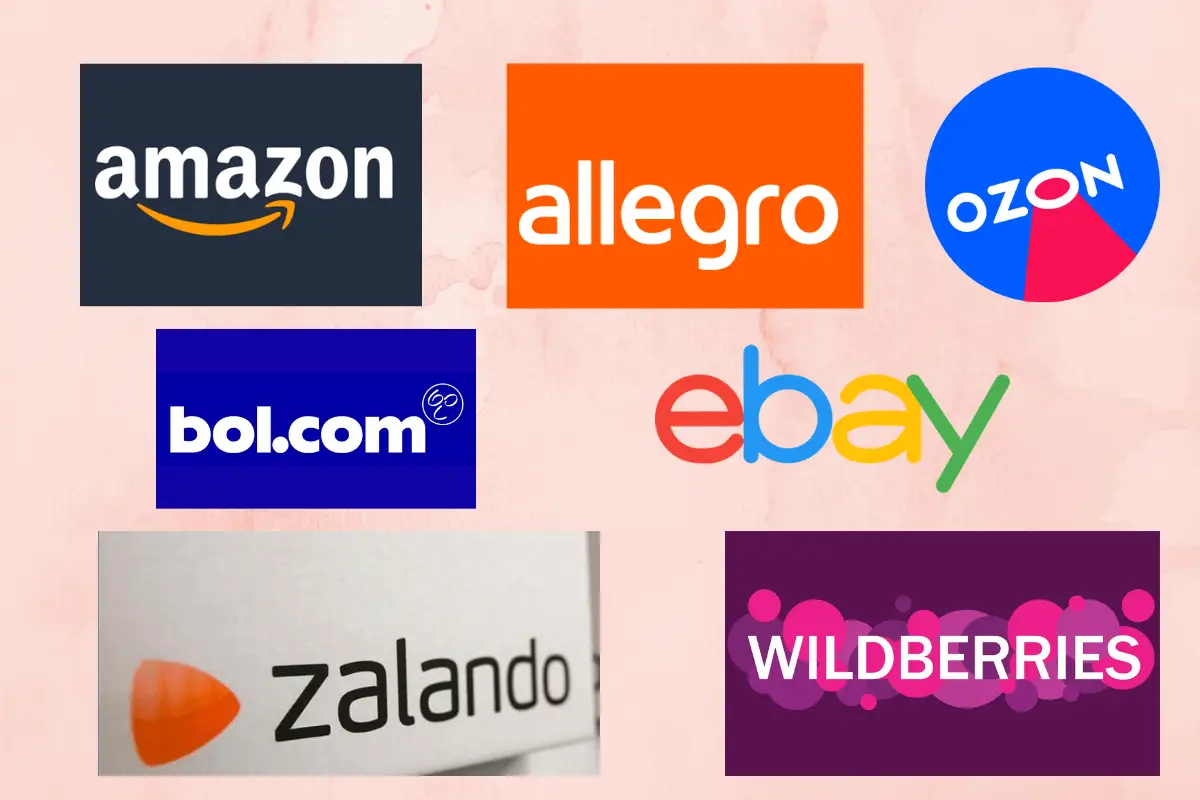In the modern world, where the economic situation is constantly changing, financial literacy becomes not just a useful skill, but a necessity. The ability to effectively manage your money, make informed decisions about savings, investments, and credits allows you to feel more confident and achieve your goals.
Where to start on the path to financial independence? In this article, we will discuss how to improve financial literacy and enhance your financial well-being. You will learn how to take control of your finances.

Where to start improving financial literacy: basics in action
For sustainable changes, it is important to have a clear understanding of what financial literacy is. This skill includes not only knowledge of terms but also the practical ability to apply tools for preserving, growing, and controlling personal finances. The first step is conscious involvement in the process. Analyze the structure of your budget, identify fixed and variable expenses, pinpoint spending leaks. Then, allocate your income according to the formula: 50% for needs, 30% for wants, 20% for savings. This approach, on how to improve financial literacy, builds discipline and emphasizes the importance of planning.
Expense planning: calendar instead of chaos
The lack of a system in expenses creates an illusion of deficit even with a stable income. Expense planning dispels this illusion, creates predictability, and frees up resources. A monthly financial plan based on a calendar accounts for regular payments like utilities, loans, transportation, food, as well as seasonal and one-time expenses like gifts, vacations, medical services. Clear allocation of amounts by categories eliminates impulsive spending and establishes a structure. In this case, how to improve financial literacy involves learning to manage a limited budget without compromising quality of life.
Personal budget: transparency and control
A single document—whether in an Excel spreadsheet, CoinKeeper app, or a notebook—allows you to track the cash flow in real time. Every ruble is accounted for, from major payments to a cup of coffee. This approach creates the “transparent wallet” effect. After 30 days, it becomes clear where resources are leaking and where reserves are opening up. A personal budget transforms into a tool not only for control but also for optimization. Financial literacy is not about restriction but about managing finances without stress.
How to improve financial literacy and not fall for marketing
Every unplanned purchase is a result of marketing provocation or emotional impulse. How to improve financial literacy? Control these reactions. Here, the 72-hour strategy works: when you want to buy something, write down the item and wait for three days. During this time, the emotional attachment fades. If the item is truly needed, it is purchased consciously, not impulsively.
It is helpful to make a shopping list in advance, set limits on your card, and use cash. These practices increase financial stability and reduce unnecessary expenses.
Financial stability: the foundation of confidence in the future
Stability is not the end result but a strategy. To build it, it is important to create an “emergency fund” — a reserve for 3–6 months of living expenses. These funds are kept separate from the main account, not used for daily expenses, and help weather job loss, illness, or repairs without incurring debts. Concurrently, it is essential to evaluate the credit burden. Stability entails minimizing debts, and if there are obligations, choosing the most favorable terms in interest rates and durations.
How to improve financial literacy: building savings starts with discipline. Even allocating 10% of your monthly income to a reserve fund lays the foundation. Savings are divided by goals: vacation, gadgets, healthcare, education. Each account is given a name, which boosts motivation. The skill involves the ability to save not sporadically but regularly and purposefully.
Investing for beginners: growth over storage
Money kept under the mattress loses value. Inflation devalues savings, while investments protect and grow capital. It is advisable to start with the most reliable instruments: bank deposits, government bonds, ETFs. As you learn more, consider dividend stocks, index funds, crowdfunding. Investing money should come after creating an emergency fund. Financial literacy includes calculating risks, understanding tools, and defining investment goals. The entry amount starts from 1000 rubles. Conservative investments yield returns of 7–10% annually.
Credits: a tool requiring precise tuning
Credit is an amplifier. However, it works both ways: it can accelerate goal achievement or disrupt finances if used recklessly. The difference between a beneficial and toxic credit:
| Beneficial | Toxic |
|---|---|
| Mortgage at 9% for an apartment | Smartphone on installment at 36% annual interest |
| Education loan | Holiday on a credit card |
| Business investment | Household appliance on impulse |
To make the product work, it is important to remember:
-
Effective interest rate is more important than nominal — it shows the total overpayment.
-
Always check for built-in services: insurance, SMS notifications, additional fees.
-
Use calculators — they show the actual monthly payment considering all conditions.
Golden rule: monthly loan payments should not exceed 30% of the family’s income. Anything above is a risk zone.
How to improve financial literacy: 7 actions that work
Concrete steps for real improvement in financial literacy:
-
Track your personal budget every day. Whether in a notebook or an app like Zen-Money, the key is to see the flow: how much came in, where it went. Without this, all financial discussions are empty.
-
Study key concepts: what an asset is, why passive is not just a part of speech, what diversification does, and how inflation eats away at your “emergency fund.”
-
Set financial goals: short-term (e.g., save 15,000 ₽ for dental work in 3 months), medium-term (accumulate 60,000 ₽ for a vacation in 6 months), long-term (open an investment account or an individual investment account in 12 months).
-
Separate accounts by function: expenses, emergency fund, savings, investments. Even if they are virtual piggy banks, your brain learns to perceive money as targeted resources.
-
Read at least one book per month on personal finance. Examples: “The Path to Financial Freedom” by Bodo Schaefer, “Money Rules Everything” by Morgan Housel, “The Richest Man in Babylon” by George S. Clason.
-
Avoid consumer loans. Items that depreciate in value should not be bought on credit. Phones, sofas, jackets are not assets. Taking credit for them equals a loss of stability.
-
Review your budget monthly. Optimize expenses, cancel unnecessary subscriptions, reassess tariffs. This 1–2 hours per month saves tens of thousands of rubles per year.
Financial literacy in adulthood
Many think that in their 40s+ they can no longer learn anything new. This is a myth. It is in mature adulthood that a person manages the largest sums: mortgage, salary, children, savings, pension. Mistakes here are the costliest. How to improve financial literacy for mature individuals:
-
Online courses from Sberbank, VTB, Central Bank of Russia.
-
Telegram channels with micro-lessons (no fluff).
-
YouTube channels like InvestFuture, Financial Literacy of Russia.
-
Courses on “Financial Literacy” from the Ministry of Finance — free and structured by levels.
Important: not everything at once. Start with one topic per month — budgeting, then loans, then savings. It’s like a gym: consistency is better than speed.
Economic efficiency is about reallocating, not just saving
Most people think, “I need to spend less.” In reality, it’s about spending smarter. What reduces efficiency:
-
Uncontrolled autopayments (forgotten subscriptions, duplicate services).
-
Bank fees (e.g., for cash withdrawals from credit cards).
-
Habitual but unnecessary expenses (“daily takeout coffee is not a luxury”).
What increases efficiency:
-
Switching to family plans (for communication, internet, subscriptions).
-
Paying upfront for 3–6 months with a discount.
-
Cashback/reward cards — if they don’t encourage unnecessary purchases.

Perform a “financial review” monthly. Make adjustments: real financial literacy in action.
How to improve financial literacy: conclusions
It is important to carry out daily actions that form a sustainable behavioral model. Resource allocation, impulse control, clear goals, and understanding of tools create a platform for prosperity. It’s not the amount of money earned that influences well-being, but the quality of financial decisions.
 en
en  ru
ru  de
de  ar
ar  es
es  hi
hi  fr
fr  nl
nl  it
it  pt
pt  el
el 



